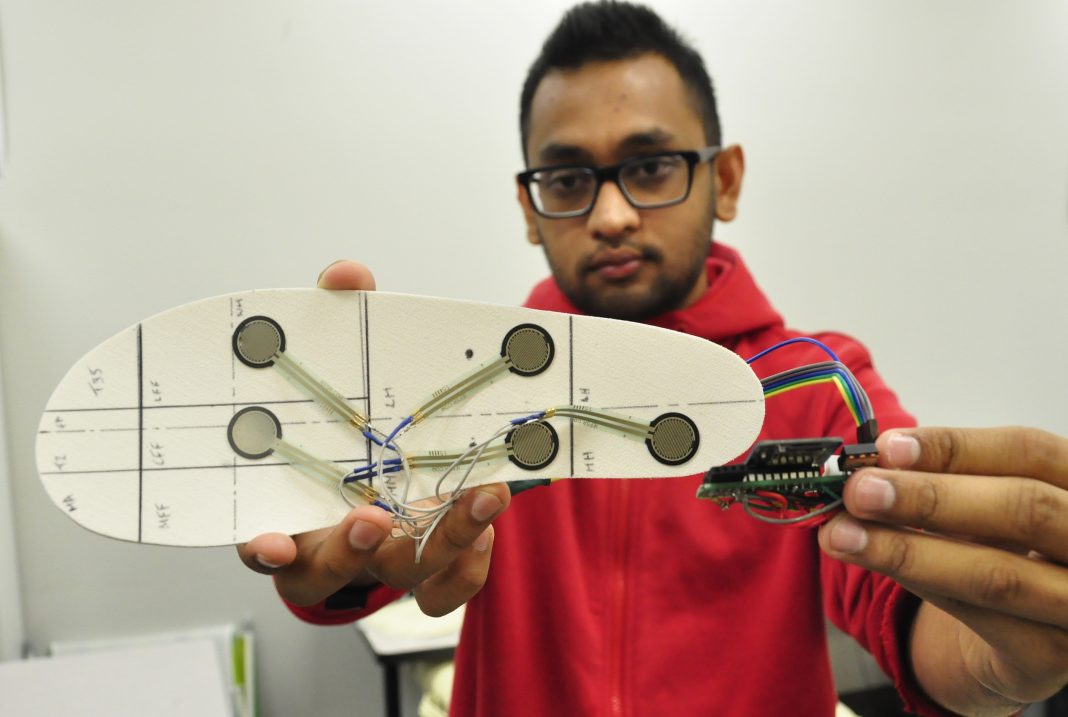Simon Fraser University, along with WorkSafeBC and Kintec Footwear & Orthotics — a Surrey-based custom insole and orthotics manufacturer — are co-creating a new line of insoles that are able to deduce the causes of foot pain for workers who stand for prolonged periods of time. The device will help researchers understand the factors that cause plantar foot pain, which is discomfort at the bottom of the foot near the heel.
Carolyn Sparrey, a professor in mechatronic systems engineering and the project’s lead, explained that the study’s aim is to better understand the relationship between plantar tissue loading and foot biomechanics in the workplace.
The prototype is currently unnamed but it will begin its first phase of testing in early 2018, according to Sparrey. Commercial availability of the insole will depend on its performance on the market.
“Plantar fasciitis (PF) is an inflammation of the plantar fascia. It causes significant pain and can result in missed time from work,” stated Sparrey. This condition becomes more prominent as a person ages, especially when workers stand for prolonged periods of time. For example, construction workers and nurses are more prone to developing PF because of the nature of their work and the duration of time they stand up for, she explained.
One cause of developing PF is due to weight-bearing activities. Weight-bearing activities are defined as any activity that causes a person to apply force and pressure to their feet, causing their feet to bear the weight of their body. These activities include climbing stairs, jumping, running, and walking.
Sparrey’s newly developed insole is a measuring device that can differentiate and understand patterns of foot loading in the workplace. “While some occupations show a higher prevalence of PF, not all workers in that field or industry have PF,” stated Sparrey. “We want to quantify how mechanical foot loading contributes to the development or aggravation of PF.”
Moreover, the specially designed insole is designed to differentiate typical workplace postures (sitting, standing, and walking). It is simply an activity tracker of sorts and is distinct from other activity trackers currently on the market because it is able to recognize passive activities, such as sitting and standing.
“For our research differentiating [passive] activities is crucial. Therefore we developed an insole that is capable of differentiating between passive activities to better understand work related foot loading exposure,” said Sparrey.
Sparrey also highlighted that the insole will be the first low-cost instrumented insole technology based solely on force sensitive resistors. What this means is that the insole is more cost effective to manufacture and easier to implement in a manufacturing line. “Typical lab grade insole technologies to track [plantar foot pain] cost $10,000–20,000. This insole system costs around $100 to make,” she concluded.




